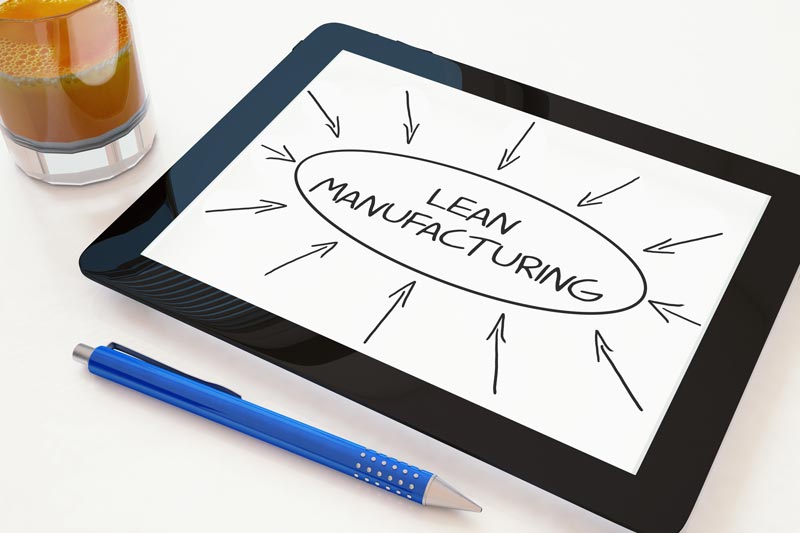Overview
Lean manufacturing is the systematic process for cutting things that don’t provide significant value out of the manufacturing process. This waste elimination method applies not only to waste created by workload asynchrony, but to any waste that results from overburden.
The formal term used to reference the continuous improvement made possible through this manufacturing philosophy is Continuous Incremental Improvement. Originally, the lean philosophy was based on the Toyota Production System (TPS), which was introduced to improve value for Toyota’s customers by cutting out valueless waste in their production process.
A potential answer to outsourcing
This manufacturing philosophy has been posited as a potential answer to the vacuum in American manufacturing job availability caused by an increase in offshore outsourcing. High-labor, low-skill jobs in the electronic industries and similar markets have resulted in lower availability of employment in these fields; this is oftentimes seen as a fair price to pay for the incentive of lower labor costs for owners. Technological sophistication in media sharing has played a significant part as well.
The combination of lower material/labor costs and instant information sharing have resulted in over 3 million United States jobs being moved overseas, and many manufacturers have been thoroughly convinced that doing so is necessary in order to maintain an optimal level of productivity. What these manufacturers may not know, however, is the “lean” system could provide an answer.
The principle
The overarching principle of this process is to emphasize only what provides the most objective value; this is achieved by cutting out all other aspects of the process that do not provide any apparent value. From the perspective of the customer, value is defined as anything that would be considered worth paying for.
The best case scenario
Focusing only on the most valuable aspects of the process, while cutting back on that which doesn’t provide enough value, would naturally result in less capital being wasted on things that do not provide any significant ROI for the manufacturer. In the most ideal case scenario, this system should steadily result in far more streamlined and productive manufacturing, no matter what the specific nature of the company may be.
It must be understood, however, that the potential benefits to be seen from adopting these principles would not be instantaneous. The gradual manifestation of the benefits from a lean system implementation cannot happen overnight.
Conclusion
The lean manufacturing system is an exercise in efficiency, resource conservation, and continuous improvement. With lean principles, the costs of production can be reduced without needing to engage in is much aggressive outsourcing. Should more manufacturers take a chance on allowing the potential benefits of the lean principle to manifest in their production line, then more manufacturers could be convinced to follow suit in the future.
Lean principles would not completely eliminate the potential need for some manufacturers to trim their workforce, but if implemented pragmatically enough, these benefits of this manufacturing system could be beneficial in many more ways than one.

